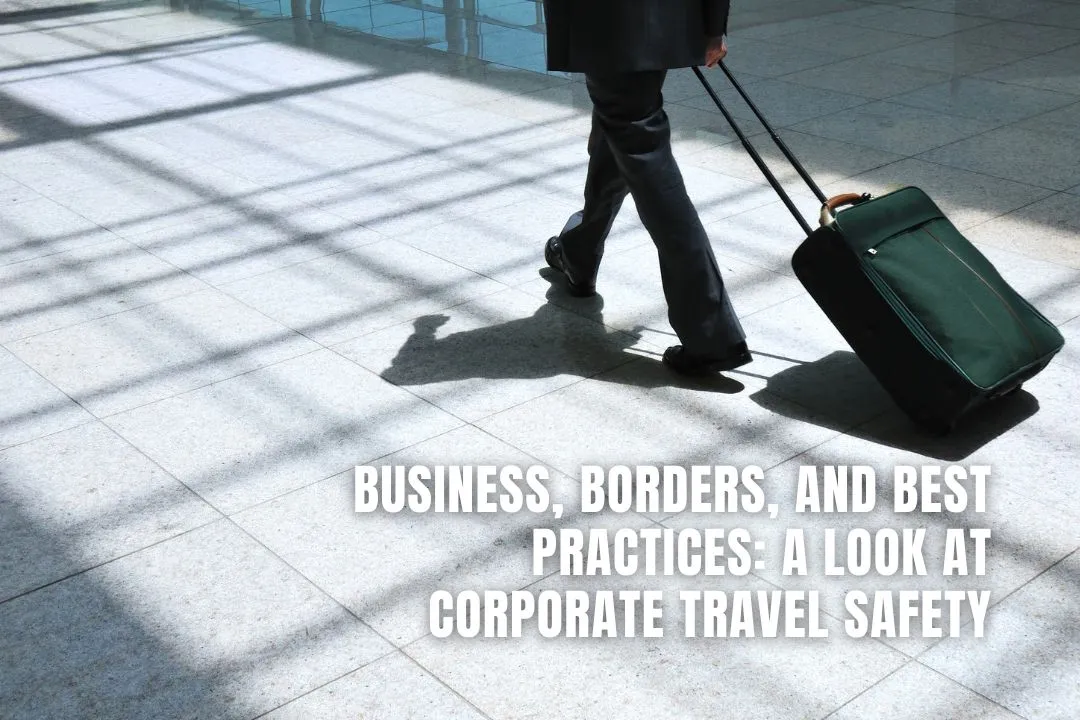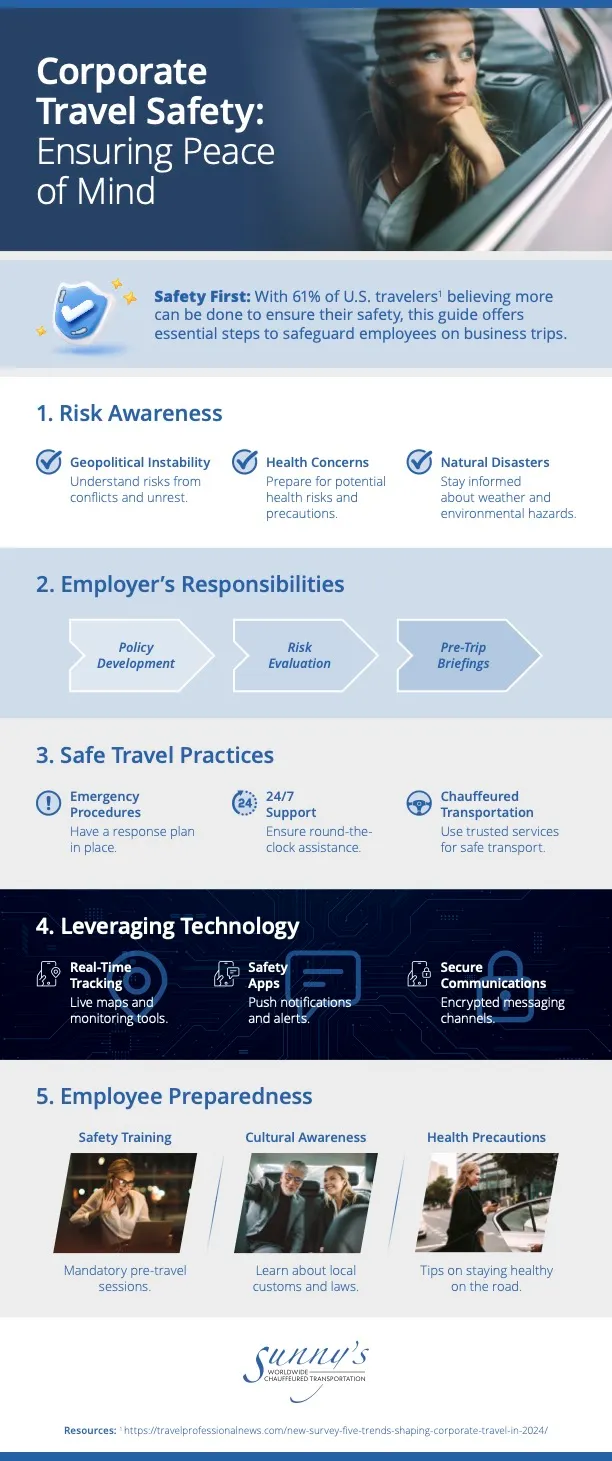
For professionals whose work sends them across state lines or continents, travel is more than a routine. It’s a logistical dance that demands foresight. Airports, hotels, meetings, conferences, all pieced together like clockwork. But beyond the meeting agenda and client dinners, one issue remains constant and critical: safety. The assumption is often that business travel is smooth and predictable. Reality suggests otherwise.
Every successful business trip starts with a plan, and safety must be baked into the blueprint. Travel itineraries are more than schedules—they serve as safety nets. Knowing local emergency contacts, identifying reputable accommodations, researching cultural expectations, and staying aware of geopolitical climate shifts are not optional. And don't forget to pack a reliable travel bag, ensuring all your essential safety items and business materials are easily accessible throughout the trip.These elements are just as important as securing the best presentation venue or finalising a client pitch. Precaution, in this case, is part of performance.
Modern travel relies on devices. Smartphones, tablets, laptops keep everything flowing. But each device is also a potential risk vector. Public Wi-Fi, unfamiliar networks, and hurried logins can open the door to cyber threats. For companies, it’s not just about lost hardware. It’s about compromised data. Business travellers need to treat their tech like a passport: guarded, secure, and carefully used. Two-factor authentication, VPNs, and frequent password updates are now fundamental.
Once boots hit the ground, local transit decisions play a major role in overall safety. Whether it’s a ride from the airport or cross-city travel between meetings, the mode of transportation is more than a matter of convenience. Using trusted corporate chauffeur services can be a strategic safety decision, removing uncertainty and providing a professional layer of accountability that standard ride-share apps may not always guarantee.
Physical safety and health go hand in hand. Business travellers might find themselves in unfamiliar environments, different climates, or locations with different medical access standards. Bringing essential medications, staying informed about local health advisories, and knowing the location of the nearest hospital or clinic are practical, necessary steps. Jet lag, exhaustion, and dietary changes can also contribute to decreased alertness, which increases vulnerability. Smart pacing and attention to personal health can make all the difference.
Corporate travel blends logistics with goals. Deadlines, deliverables, and impressions are all on the line. But when safety is sidelined, all of it is at risk. Companies that make safety part of their travel policies are better protected against these potential obstacles. For instance, having clear communication channels, set support systems, and established emergency protocols. These can all make a difference. Employees who feel protected perform better.
Business travel doesn’t have to be a guessing game. With the right systems in place, the journey supports the job rather than distracting from it. Safety isn’t just something you check off a list. It is the quiet, constant structure that keeps every trip moving forward. For more information on corporate travel safety, feel free to look over the accompanying infographic.
